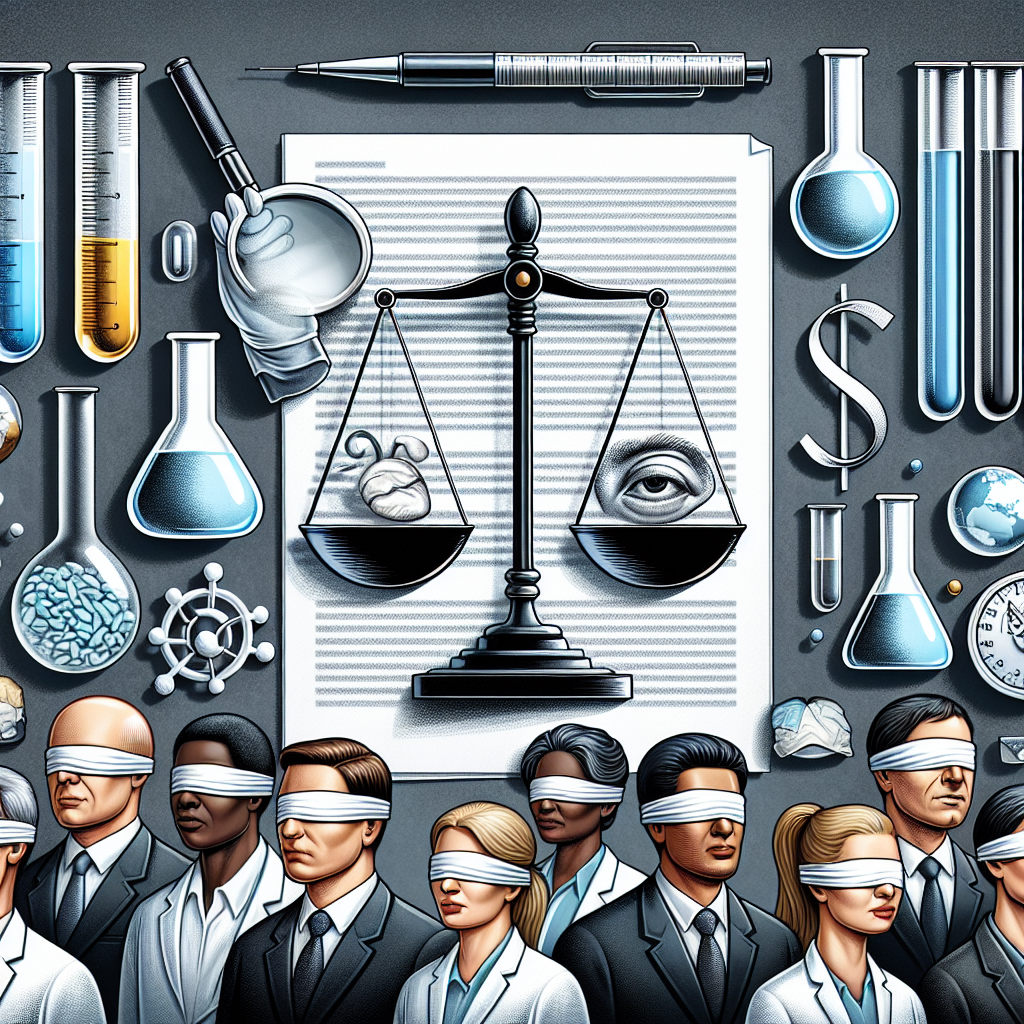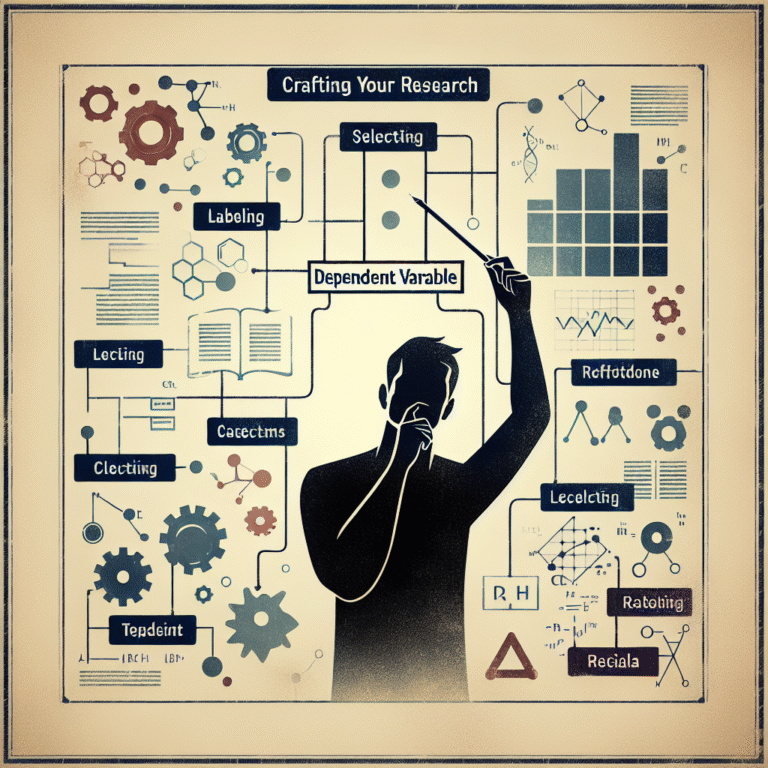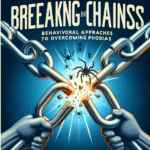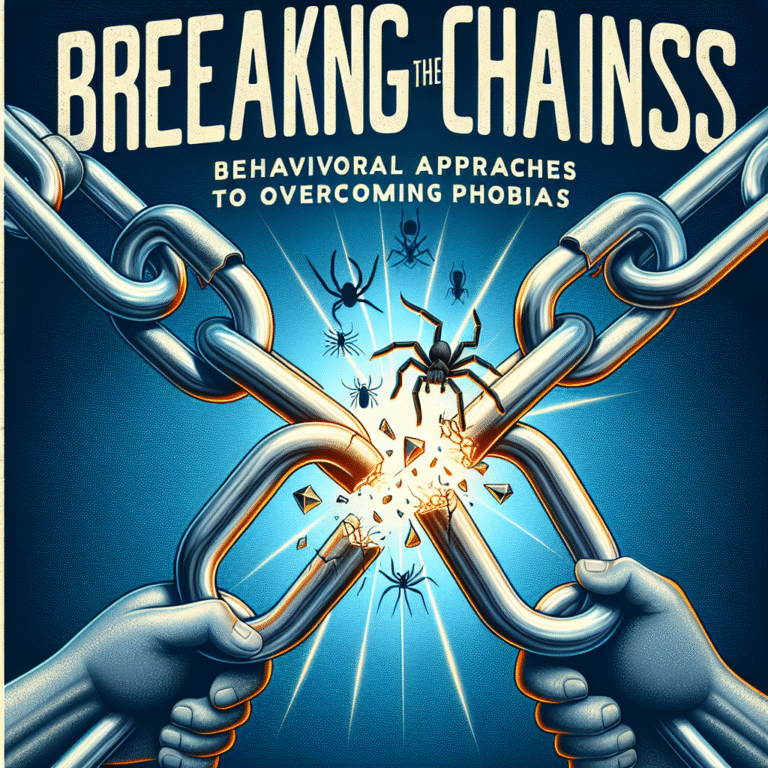
Introduction
In the realm of scientific research, clarity and objectivity are paramount. Enter double-blind studies—a methodology that has revolutionized how we interpret findings in medicine, psychology, and social sciences. Imagine a world where neither the researchers nor the participants know who receives the treatment and who receives a placebo. This level of obscurity eliminates bias, ensuring the data collected is as reliable as possible. In this article, we explore Double-Blind Studies: A Comprehensive Guide for Researchers and Participants Alike, addressing their significance, execution, and implications in research.
Understanding Double-Blind Studies
What Are Double-Blind Studies?
A double-blind study is a research design where both the participants and the researchers are unaware of the treatment being administered to avoid bias. By masking the treatment assignments, researchers can collect data that genuinely reflects the effects of the intervention, rather than confounding factors like expectation or placebo effects.
The Importance of Double-Blind Studies
The significance of double-blind studies cannot be overstated. They serve three primary purposes:
- Minimizing Bias: Both participant expectations and investigator biases can skew results, making it essential to eliminate these variables.
- Enhancing Validity: By ensuring rigor in experimental conditions, double-blind studies bolster the validity of research findings.
- Building Trust: Objective and unbiased results foster greater trust in scientific conclusions, which is crucial for public health policies and treatments.
How Double-Blind Studies Work
The Design
Typically, a double-blind study is structured in several phases:
- Preparation and Planning: Define the hypothesis, identify variables, and determine the sample size.
- Randomization: Participants are randomly assigned to two groups—one that receives the intervention and another that receives a placebo. This random allocation is essential for controlling variables that may affect outcomes.
- Blinding Mechanism: Both participants and research staff in contact with them do not know which individuals fall into which group.
- Data Collection: Gather data using standardized instruments, ensuring that measures are consistent across both groups.
- Analysis: Once data collection is complete, researchers analyze the outcomes, keeping in mind the statistical significance and clinical relevance.
Case Study: The Efficacy of Antidepressants
A widely cited double-blind study investigated the impact of a new antidepressant versus a placebo among individuals with major depressive disorder.
Methodology:
- Sample Size: 300 participants were randomly assigned to two groups.
- Treatment: One received the new drug; the other received a placebo.
- Duration: The study lasted 12 weeks, with weekly assessments of mood.
Findings:
The results indicated a significant improvement in mood for those receiving the antidepressant compared to the placebo group, with a p-value of < 0.05 indicating statistical significance.
Relevance:
This study serves as an exemplary model of how double-blind methodologies can effectively measure the efficacy of interventions while reducing bias, ultimately leading to trusted results in mental health treatment.
Challenges in Double-Blind Studies
While double-blind studies are gold standards, they come with unique challenges:
1. Feasibility
Some interventions are inherently difficult to blind. For instance, surgical procedures or certain behavioral therapies require a level of knowledge that inherently breaks blinding.
2. Ethical Concerns
In clinical trials involving severe illnesses, withholding effective treatment (as in the case of placebos) raises ethical dilemmas. Researchers must tread carefully to balance scientific rigor with ethical responsibility.
3. Implementation Costs
Double-blind studies often require extensive resources for proper randomization, blinding methods, and statistical analysis, which may deter some research initiatives.
Analyzing Results: Tables and Charts
To clarify findings, researchers often employ tables and charts that succinctly present data. Below is an example of how results might be visualized:
| Group | Meanscore (Mood Improvement) | Standard Deviation | P-value |
|---|---|---|---|
| Antidepressant | 7.5 | 1.2 | <0.05 |
| Placebo | 4.2 | 1.5 |
Analysis of Results
This table succinctly captures the comparative outcomes of the intervention versus the placebo, demonstrating the clear difference in mood improvement. Such visual tools enhance comprehension and facilitate better decision-making in clinical and research settings.
Real-World Applications of Double-Blind Studies
Clinical Trials for New Drugs
Double-blind studies are standard in pharmaceutical clinical trials. The process ensures that the efficacy and safety of new drugs are rigorously tested before reaching the market. For example, the approval process for COVID-19 vaccinations included extensive double-blind studies to assess both safety and effectiveness.
Behavioral and Psychological Research
Psychological interventions are often tested using double-blind methodologies. For instance, a study testing cognitive behavioral therapy may employ a control group receiving traditional counseling without the participants knowing which approach is being evaluated.
Market Research
In consumer behavior studies, double-blind methods are applied to gauge unbiased reactions to products. Participants might test competing products without knowledge of which brand is which, ensuring that brand perceptions do not influence their evaluations.
Conclusion
As we delve deeper into the world of research, it’s clear that double-blind studies stand as a pillar of scientific integrity. This Double-Blind Studies: A Comprehensive Guide for Researchers and Participants Alike has unveiled the intricacies of this essential research design, from its fundamental workings to challenges and real-world applications.
By adopting these rigorous techniques, researchers not only enhance the reliability of their findings but also foster trust in the scientific process among communities. As a participant, understanding this methodology enriches your engagement, allowing you to contribute meaningfully to the advancement of knowledge.
FAQs
1. What is the primary difference between single-blind and double-blind studies?
In a single-blind study, only the participants are unaware of the treatment assignment. In a double-blind study, both participants and researchers are blinded to which group participants belong to, thus minimizing bias more effectively.
2. How are participants randomly assigned in double-blind studies?
Participants are typically assigned using random number generators or computer programs designed to ensure that the allocation to treatment groups is completely random and unbiased.
3. What are the ethical implications of conducting double-blind studies?
Researchers face ethical considerations, especially when withholding potentially effective treatments in clinical trials. It’s essential to strike a balance between ethical obligations to participants and the need for reliable data.
4. Can all research fields utilize double-blind studies?
While double-blind studies are primarily used in clinical and psychological research, their applicability can be more challenging in fields like education or sociology where blind conditions are difficult to maintain.
5. What measures are taken if a participant realizes their treatment in a study?
If a participant suspects their treatment, researchers may conduct assessments to gauge the impact of this knowledge and may exclude data from that subject to preserve the integrity of the study.
In conclusion, the implementation of double-blind studies is invaluable for ensuring the credibility of research findings. As we navigate the complexities of modern science, embracing rigorous methodologies will undoubtedly pave the way for future breakthroughs that benefit society at large.
















